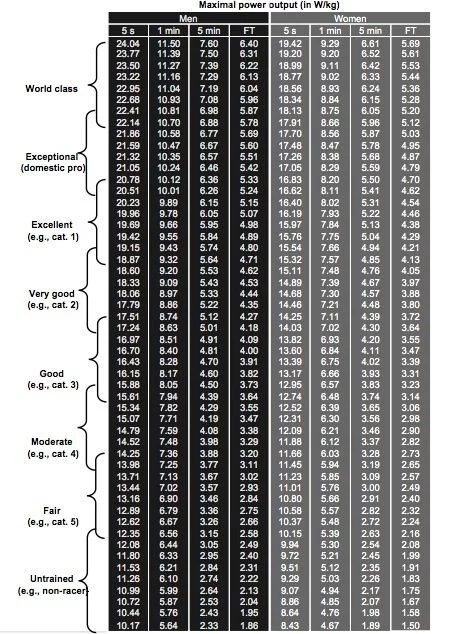FTP, or Functional Threshold Power, is a term commonly used in cycling training to refer to the highest power output that a cyclist can sustain for one hour. It is an essential metric used by cyclists to evaluate their performance and track their progress over time.
FTP is an important concept in cycling because it is an indicator of the cyclist’s overall fitness level and ability to maintain a high power output over a sustained period. It is also used as a reference point for determining the intensity of various training efforts and creating a training plan that is tailored to the individual cyclist’s needs and goals.
How is FTP measured?
FTP is typically measured in watts and is often determined through a testing protocol known as an FTP test. During this test, the cyclist will ride at a maximal effort for a set period of time, usually 20-30 minutes, and their average power output over this period is used to determine their FTP.
Once a cyclist has determined their FTP, they can use this number to establish training zones that are specific to their individual fitness level. These zones are typically based on a percentage of the cyclist’s FTP, with the intensity increasing as a percentage of FTP increases.
For example, a common training zone used by cyclists is Zone 2, which typically represents an effort level of 65-75% of FTP. This zone is used for building aerobic endurance and is characterized by longer, sustained efforts at a moderate intensity. As a cyclist’s fitness improves, they may progress to higher-intensity training zones, such as Zone 4 or 5, which are used for building anaerobic capacity and improving high-intensity performance.

FTP is also used in conjunction with other training metrics, such as heart rate and rate of perceived exertion, to provide a more complete picture of the cyclist’s performance and training needs. For example, if a cyclist is able to maintain a high power output at a relatively low heart rate, this may indicate that they are highly efficient and able to sustain their efforts for longer periods of time. Conversely, if a cyclist is unable to maintain a high power output at a given heart rate, this may indicate that they need to work on improving their aerobic fitness.
In addition to being a valuable metric for training and performance assessment, FTP is also used in the context of competition. In events such as time trials and hill climbs, the ability to sustain a high power output for a prolonged period of time is critical to success. By training specifically to improve their FTP, cyclists can improve their chances of success in these types of events.
Overall, FTP is a key concept in cycling training and performance assessment. By establishing their FTP and using this number to create targeted training zones, cyclists can improve their overall fitness level and performance, as well as better understand their individual strengths and weaknesses. Whether training for competition or simply seeking to improve their overall fitness, understanding and utilizing FTP is an essential component of any cyclist’s training plan.






